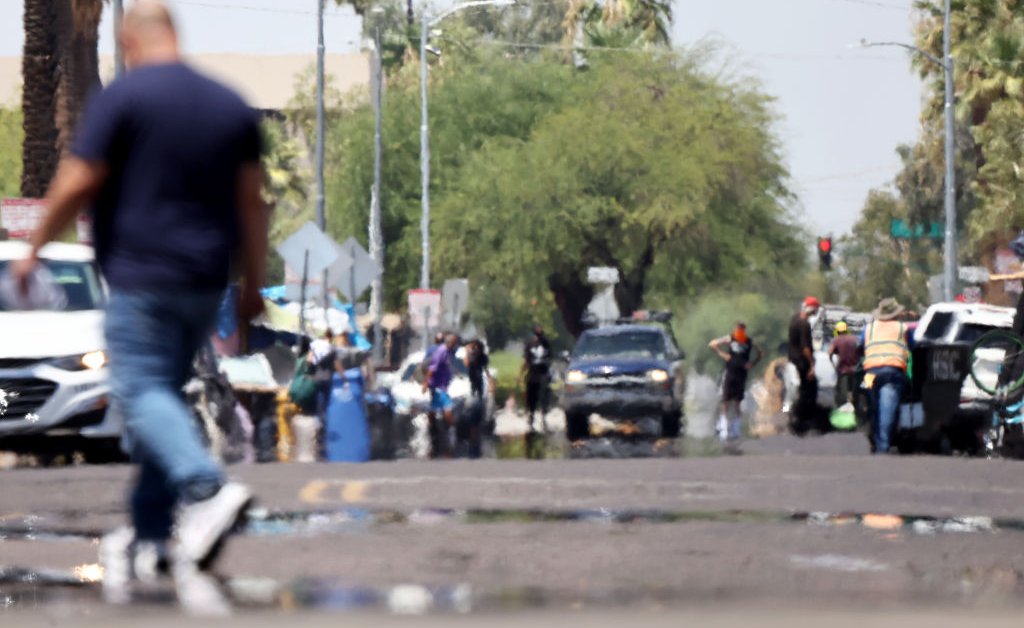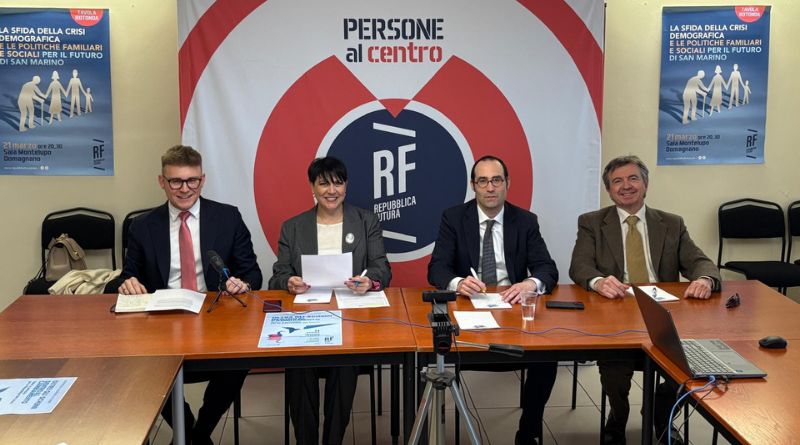Extreme Heat And Health: Essential Local Strategies For Prevention And Response

Welcome to your ultimate source for breaking news, trending updates, and in-depth stories from around the world. Whether it's politics, technology, entertainment, sports, or lifestyle, we bring you real-time updates that keep you informed and ahead of the curve.
Our team works tirelessly to ensure you never miss a moment. From the latest developments in global events to the most talked-about topics on social media, our news platform is designed to deliver accurate and timely information, all in one place.
Stay in the know and join thousands of readers who trust us for reliable, up-to-date content. Explore our expertly curated articles and dive deeper into the stories that matter to you. Visit Best Website now and be part of the conversation. Don't miss out on the headlines that shape our world!
Table of Contents
Extreme Heat and Health: Essential Local Strategies for Prevention and Response
The relentless summer sun is baking communities across the nation, leading to soaring temperatures and a critical rise in heat-related illnesses. This isn't just about discomfort; extreme heat is a serious public health concern, potentially fatal for vulnerable populations. This article outlines essential local strategies for preventing heat-related illnesses and responding effectively to heat emergencies.
Understanding the Risks: Who's Most Vulnerable?
Extreme heat doesn't affect everyone equally. Certain groups are significantly more at risk of heatstroke and other heat-related illnesses, including:
- Older adults: Their bodies regulate temperature less efficiently.
- Young children: Their bodies overheat more quickly.
- People with chronic illnesses: Conditions like heart disease, lung disease, and diabetes increase vulnerability.
- Individuals experiencing homelessness: Lack of access to shelter and cooling significantly raises their risk.
- Outdoor workers: Prolonged exposure to the sun necessitates extra precautions.
Local Prevention Strategies: Beat the Heat Before It Beats You
Proactive measures are crucial in mitigating the impact of extreme heat. Local communities can implement several strategies to protect their residents:
1. Public Awareness Campaigns: Disseminate vital information through various channels – social media, local news outlets, community centers, and public service announcements. Highlight the signs and symptoms of heat exhaustion and heatstroke, emphasizing the importance of early intervention.
2. Cooling Centers: Establish easily accessible cooling centers in libraries, community centers, and other public spaces. These provide refuge from the heat, offering respite and hydration for vulnerable individuals. [Link to local resources for finding cooling centers].
3. Hydration Initiatives: Promote hydration by providing free water stations in public areas, particularly during heatwaves. Encourage the consumption of water and electrolyte-rich drinks, avoiding sugary beverages.
4. Shade Provision: Increase shade in public spaces through the planting of trees, installation of shade structures, and strategic urban planning. This can significantly reduce ambient temperatures.
5. Heat Health Warnings: Implement a robust heat health warning system that informs the public about impending heatwaves and advises on necessary precautions. Collaboration with meteorological services is vital for accurate and timely warnings.
Responding to Heat Emergencies: Swift Action Saves Lives
When heat-related illnesses occur, swift action is paramount. Local strategies should include:
1. Emergency Medical Services (EMS) Readiness: Ensure EMS providers are adequately trained to recognize and treat heatstroke and other heat-related emergencies. Increase staffing levels during heatwaves.
2. Community Paramedicine Programs: These programs can proactively identify and support vulnerable individuals, providing preventative care and early intervention.
3. Public Education on First Aid: Educate the public on recognizing the signs of heat exhaustion and heatstroke and administering appropriate first aid, such as cooling the individual down and seeking immediate medical attention.
4. Collaboration with Hospitals: Coordinate with local hospitals to ensure they have sufficient capacity to handle an influx of heat-related patients.
Conclusion: A Community-Wide Effort
Combating the effects of extreme heat requires a comprehensive, community-wide approach. By implementing these prevention and response strategies, local communities can safeguard their residents and minimize the devastating impact of soaring temperatures. Staying informed, taking precautions, and acting swiftly in emergencies are key to ensuring a safe and healthy summer for everyone. Learn more about heat safety from the [link to CDC heat safety guidelines] and your local health department.

Thank you for visiting our website, your trusted source for the latest updates and in-depth coverage on Extreme Heat And Health: Essential Local Strategies For Prevention And Response. We're committed to keeping you informed with timely and accurate information to meet your curiosity and needs.
If you have any questions, suggestions, or feedback, we'd love to hear from you. Your insights are valuable to us and help us improve to serve you better. Feel free to reach out through our contact page.
Don't forget to bookmark our website and check back regularly for the latest headlines and trending topics. See you next time, and thank you for being part of our growing community!
Featured Posts
-
 Ukraines War A Real World Example Of Artificial General Intelligence On The Battlefield
Jun 07, 2025
Ukraines War A Real World Example Of Artificial General Intelligence On The Battlefield
Jun 07, 2025 -
 2025 French Open Where To Watch Sinner Vs Alcaraz Final
Jun 07, 2025
2025 French Open Where To Watch Sinner Vs Alcaraz Final
Jun 07, 2025 -
 San Marino Inchiesta Avvelenamento Cittadini Chiedono Trasparenza E Rapidita
Jun 07, 2025
San Marino Inchiesta Avvelenamento Cittadini Chiedono Trasparenza E Rapidita
Jun 07, 2025 -
 Defense Rests Final Testimony Heard In Karen Read Murder Case
Jun 07, 2025
Defense Rests Final Testimony Heard In Karen Read Murder Case
Jun 07, 2025 -
 Coastal Erosion And Sea Level Rise The Struggle Of Filipino Fishing Communities
Jun 07, 2025
Coastal Erosion And Sea Level Rise The Struggle Of Filipino Fishing Communities
Jun 07, 2025
